Motorola Razr V3: the greatest phone of all time
The modern classic phone that took the 'world's slimmest' crown for many years
The competitors
Sony Ericsson K700
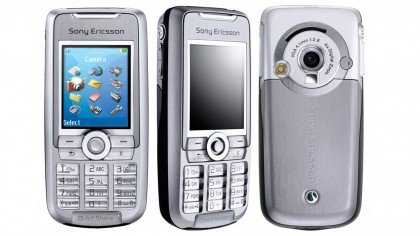
A step up from the popular T630, Sony and Ericsson were still firmly joint at the hip at this point, and was producing quality phones with increasingly good cameras. For those looking for a candy-bar phone, the K700 packed plenty of features, including a VGA camera with 4 x zoom and a "photo light", a quality screen, support for video capture and playback and a built in FM.
Samsung D500
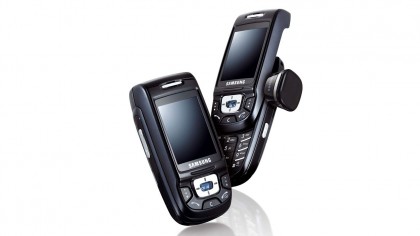
Featuring a 'slider' design rather than the Razr's clamshell, the D500 was - in many ways - Samsung's answer to the Razr. Yes, it was nowhere near as slim, but it packed a pretty good 1.3MP camera with LED flash, 96MB of memory to store quite a few pictures, and a host of other features including a large 1000mAh battery for well over 8 hours of talk time and a tiny plug-in speaker for your tunes.
Nokia N-Gage QD
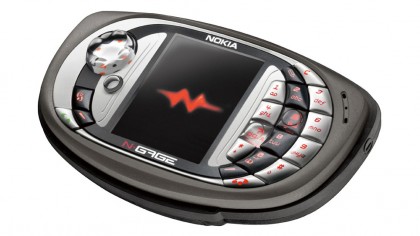
The original N-Gage was billed as the ultimate phone for gamers, but ended up becoming more well known as a "Frankenphone" or "tacophone". It was followed up with the better looking 'QD' model that was smaller and rounder, but also lacked a bunch of the original's features such as FM radio and MP3 playback. Despite this, it had some features that were quite novel for its time, such as internet or local Bluetooth multiplayer gaming, and was home to a bunch of decidedly average games that ran at a pretty low frame-rate.
Nokia 7610
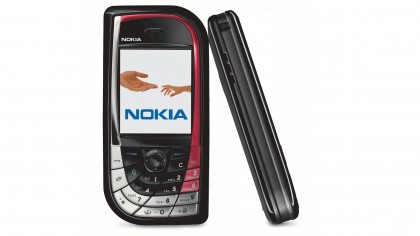
If you wanted a standard Nokia handset in 2004, you would have probably picked up the 6230, which went on to sell in excess of 50 million units. If you wanted something a little more classy with a more unusual design, however, you would have probably picked the 7610. It features an unusual keyboard, large screen and was ideal for music lovers, thanks to the expandable memory.
Orange SPV C500
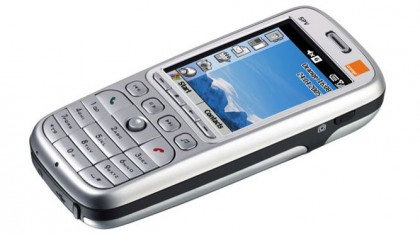
Based on HTC hardware, the SPV C500 was exclusive to the Orange network, and despite its fairly average looks and hardware, it packed Microsoft's Windows Smartphone 2003 Second Edition - a snappy name for an operating system, I think you'll agree. This OS, however, meant that it was classed as a smartphone, meaning it was ideal for media and you could use it like a PDA by downloading a number of third party applications.
The Successors & Motorola's New Family
After the wild success of the Motorola Razr V3, it launched a huge number of successors - some looked similar but were considerably cheaper, whilst others - like the RAZR2 V9 - featured everything that was loved about the original Razr, but with bumped specifications.
With a long line of candybar, clamshell and Windows smartphones (such as the highly-praised 'Q') under its belt, Motorola struggled to equal the success of Razr V3 for many years, until 2009, when Android had started to properly mature and could start compete with the runaway success of the original iPhone and iPhone 3G.
Sign up for breaking news, reviews, opinion, top tech deals, and more.
Motorola attempted to put its own stamp on the operating system with the MotoBlur skin - much to many user's dissatisfaction. In October 2009, it bucked the trend of shying away from physical keyboards with the popular 'Droid', a Lucasfilm-licensed name that Motorola knew would guarantee it a degree of success. Other Droids followed, the best of which were exclusive the American Verizon network, but only really popular with those who couldn't bring themselves to purchase one of Apple's domineering smartphones.
At the beginning of 2011, Motorola was split into two parts: Motorola Solutions (to deal with enterprise and government solutions), and Motorola Mobility, which would stick to handsets and set-top boxes.
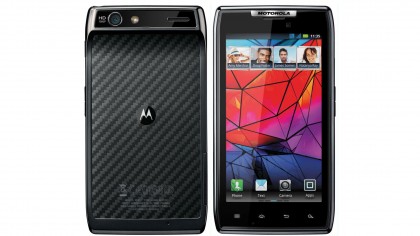
Motorola Mobility chose this time to try and resurrect the Razr brand, with two new slim Android 4.0 smartphones that had limited success. By 2012, it had been snapped up by Google for the princely sum of $12.5 billion, with many expecting big things from the two over the coming years.
Although the Moto X and Moto G were better than any recent handsets that had preceded them, sadly, it wasn't to be, and only two years later, Google passed on the company along with around 2,000 patents for $2.91 billion up front, with another $3 billion to follow over the following three years. Despite seemingly losing a few billion on this deal, Google retained the bulk of Motorola's massive patent portfolio, so it wasn't a total loss.
Lenovo clearly hopes that the acquisition of the legendary American technology brand will do what it did for them in the land of laptops after buying IBM's ThinkPad division back in 2005, a strong foothold in Western markets.
Though the Nexus 6 is a fantastic phone in many regards, we're still waiting for a design icon to rival the Razr V3.
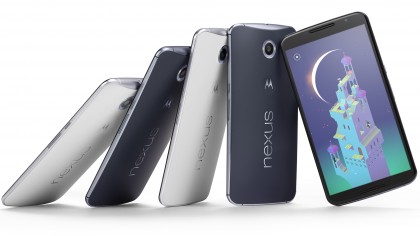
Without the Razr V3, would we be as obsessed with slim phones as we are today? Would manufacturers be bothered with premium-grade metals that hadn't been seen in a mainstream handset prior to the V3?
If you are still using a Razr V3, we'd suggest you hold on to it, as its one of those phones that truly deserves its place in the hall of phone fame alongside the Nokia 3310 and Apple iPhone. It may not look quite as cutting-edge as it did back in the day, but it certainly was revolutionary compared to many of the overweight handsets of its time.
- 1
- 2
Current page: Competitors, successors and Moto's new kids
Prev Page Motorola Razr V3: the greatest phone of all time